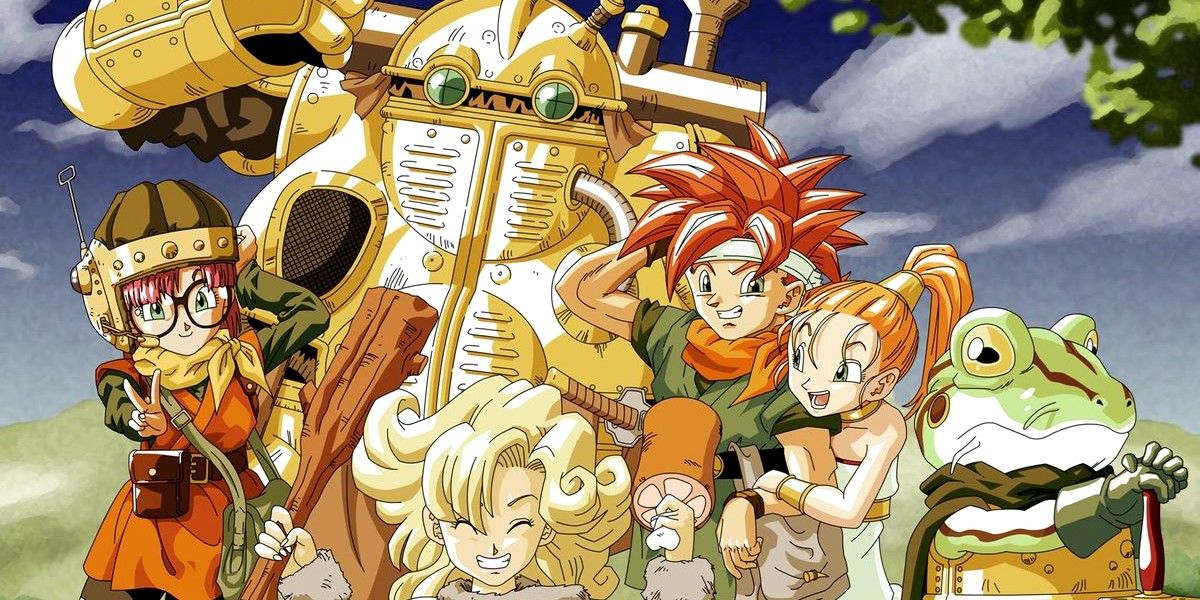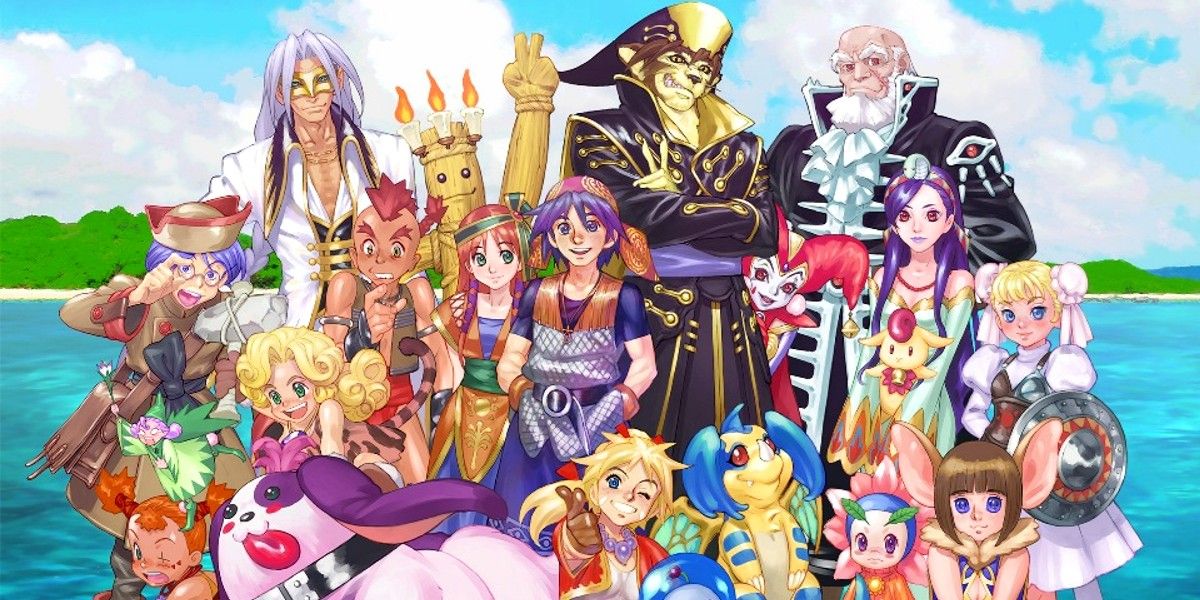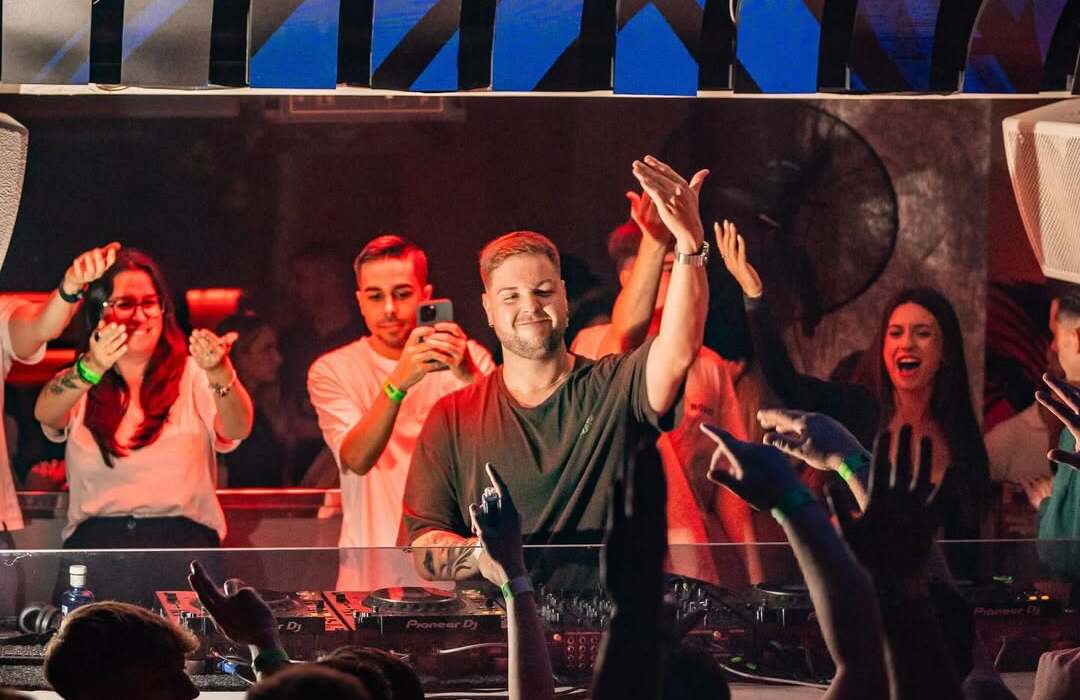Fans welcomed the second installment to Square Enix's Chrono franchise a little over 20 years ago. The initial reception was generally positive, though many believed that Chrono Cross was a major departure from its predecessor, Chrono Trigger. As it was not a direct sequel that the vast majority had hoped for, it took some time for Chrono Cross to establish itself as a worthy story expansion and grow on fans of its predecessor. While there is no doubt that the two Chrono installments offer different experiences, they are inextricably related.
Following the release of Xenogears in 1998, Square took steps to bring its ideas for Chrono Cross to fruition. The success of Radical Dreamers, a text-based visual novel exclusive to Japan at the time, had the publisher envision a new Chrono installment in the spirit of this satellite game. Chrono Trigger's scenario director, Masato Kato, thought that the visual novel was not polished enough, but still wanted to continue the story of protagonist Kid. In line with the natural transition from the 16-bit to the 32-bit eras, Chrono Cross became an indirect sequel.

Official artwork depicting the main characters from Chrono Trigger.
Chrono Trigger's story revolves around time travel and altering past events in hopes of avoiding destruction caused by a mysterious extraterrestrial entity, Lavos. In a similar vein, Chrono Cross tackles alternating timelines by expanding on the concept of the butterfly effect, which transcends the constraints of time and introduces cause-and-effect in parallel universes. Though it may take some time for new players to get the gist of the confounding Chrono narrative, the extended story of Cross would not exist without the history-altering proceedings that led to a brighter future in Trigger.
By circumventing the post-apocalyptic state of 2300 AD with the help of a time-traveling machine built by sage Belthasar, the aftermath of a brighter future affected all of Chrono Trigger's characters in one way or another. Belthasar, in particular, was not native to its setting, but rather a transplant from a highly advanced magical kingdom that made an appearance during Trigger's events. Since the dark future of 2300 AD never came to pass thanks to the protagonists' undertakings, Belthasar's knowledge was diverted to saving Schala, the last princess of Zeal.
While the princess played a small but important role in Chrono Trigger, her fate was not revealed until Cross and the Ocean Palace. At the end of Trigger's events, Schala was ultimately consumed by a dimensional vortex into the Darkness Beyond Time, where she and Lavos merged and became the Time Devourer. Having learned of this, Belthasar put all his efforts into devising a plan to save the princess from the clutches of her cruel fate in an altered and destruction-free 2300 AD. He eventually constructed a city-sized laboratory called Chronopolis, which was flung back in time due to a predesigned technological malfunction.

By and large, Chronopolis existed during the entirety of Chrono Trigger's events, but its presence was obscured by an advanced technology whose workings are explained in Cross. Belthasar's quantum AI, FATE, was in charge of keeping everything under control until one fateful day when Cross' protagonist, Serge, accidentally came into contact with it. He was also a catalyst for Schala's "awakening," as she used the powers of the Time Devourer to create a clone of herself, resulting in the very existence of Kid, Cross' main heroine.
In a sense, everything that transpires in Cross is in direct correlation with a series of orchestrated events rooted in previously altered futures and Belthasar's manipulation of history spanning over 10,000 years. At its core lies Schala's rescue, connecting the two installments via alternate timelines and parallel universes.
Rather than complicate the matters further by integrating Chrono Trigger's heavy use of time travel into Cross, the game's director decided to step outside the previously established formula and furnish a fresh experience. He believed that it would help new players understand the implications of Cross better without getting confused about its plot.
The decision to present Cross in a new light and have it interlace with Trigger was also driven by the developer's vision of making the most of technological advancements and promoting their efficacy. Rehashing old mechanics designed to accommodate the limitations of outdated hardware was out of the question, and the game's development faithfully reflected this stance. Although the fans never received a true sequel to Chrono Trigger, Chrono Cross more than makes up for it with its overarching setting and a carefully designed narrative that expands on the events of its predecessor.


